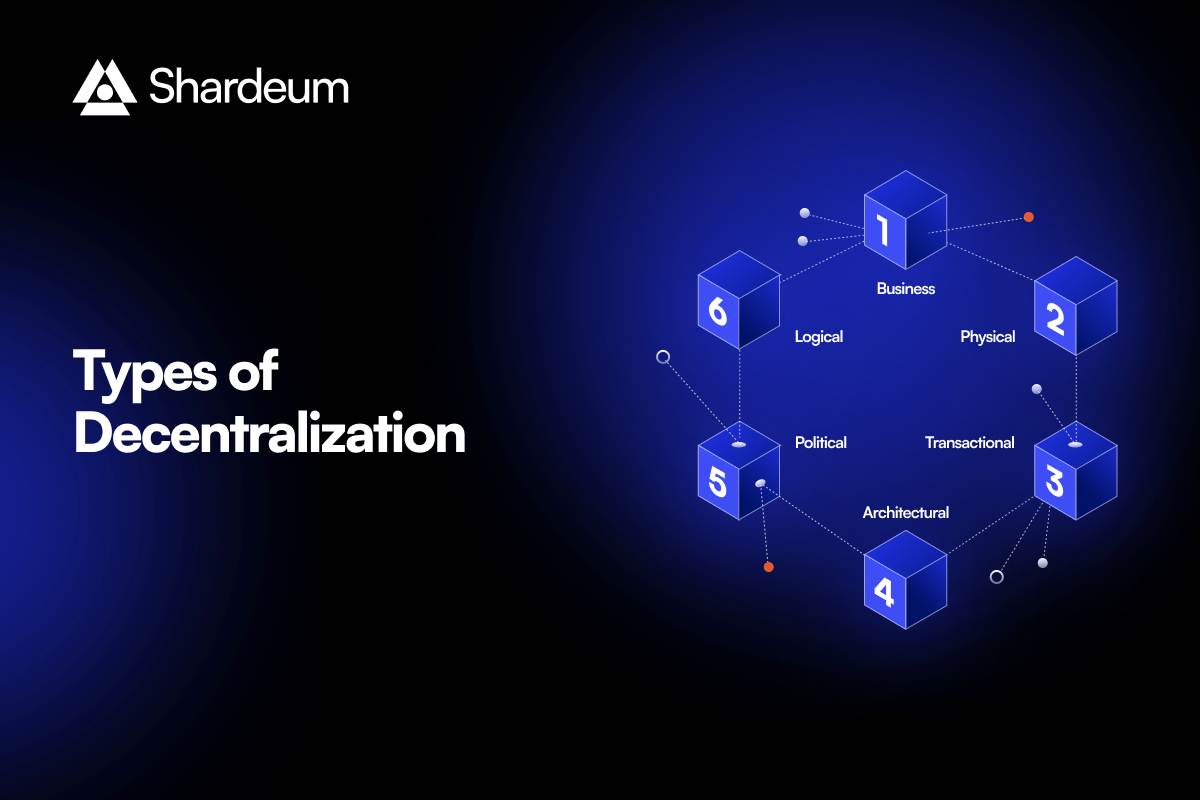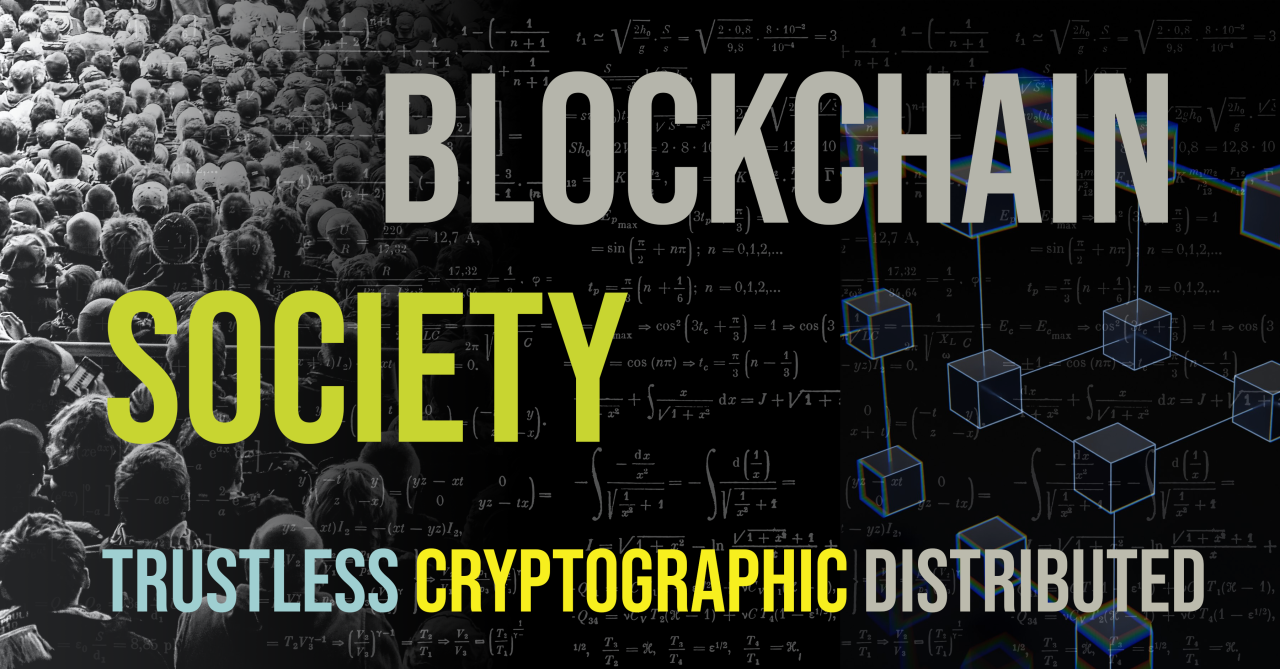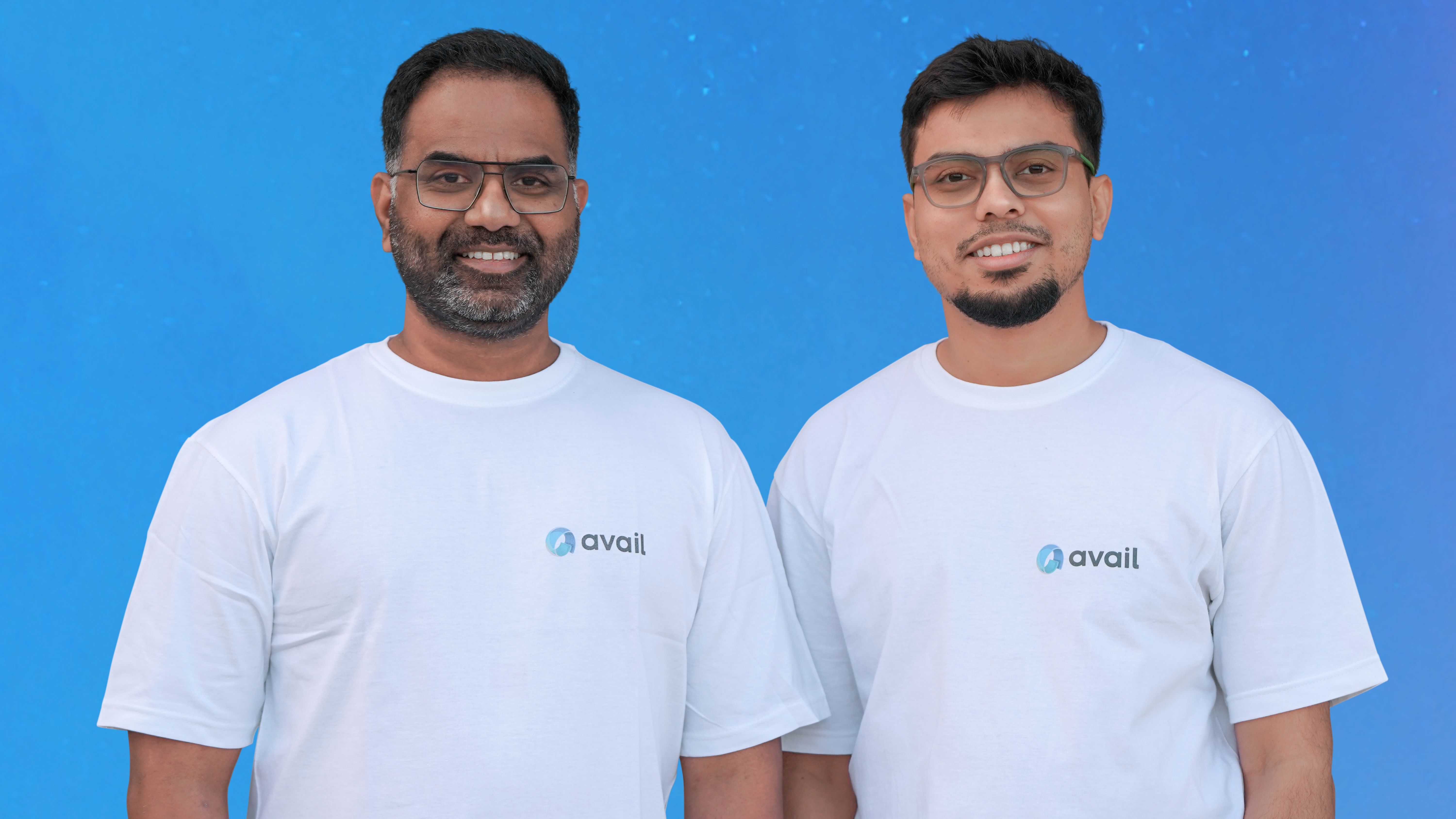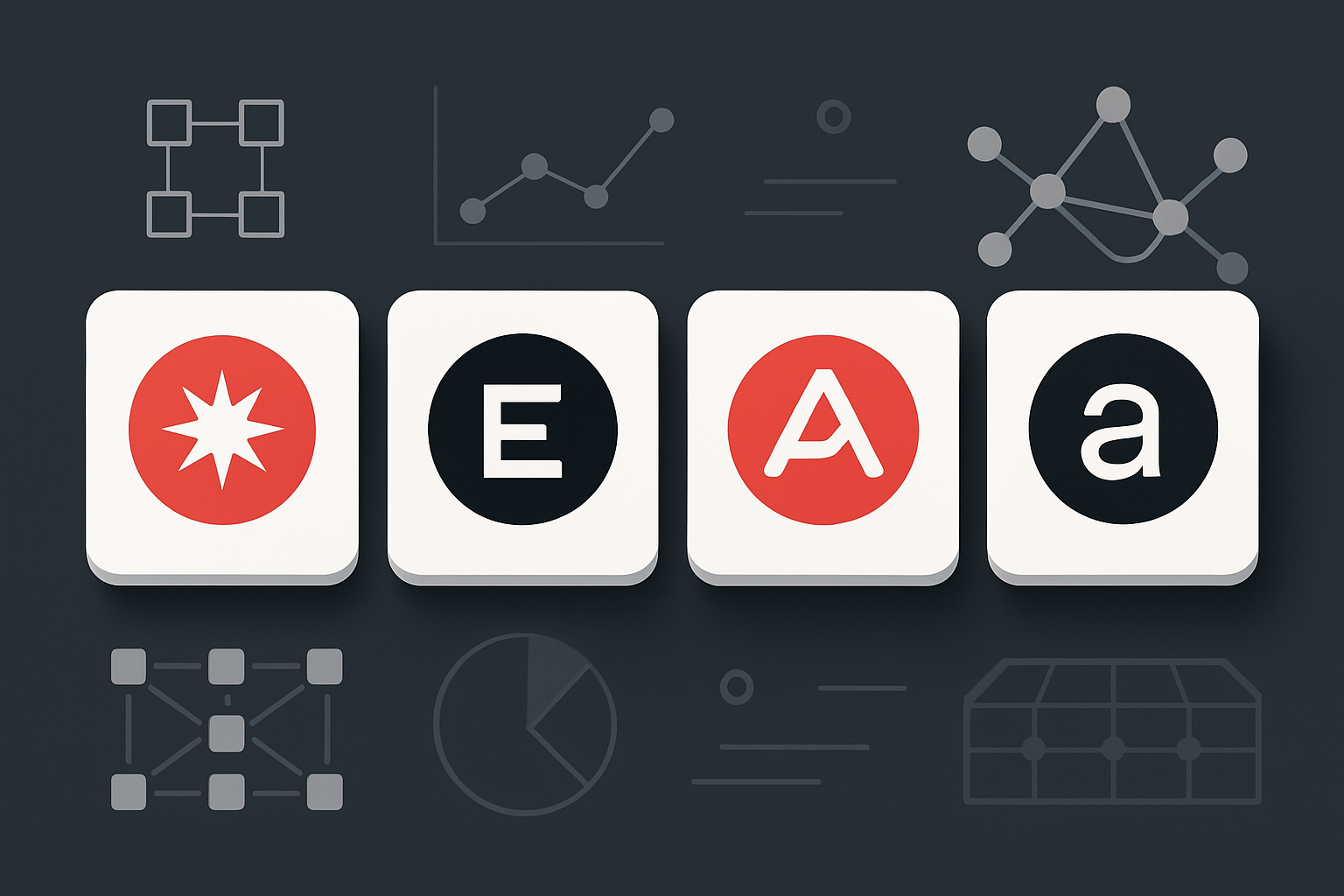
For years, the blockchain industry obsessed over transaction speed and throughput. But as the space matures, it’s clear that scalability alone isn’t enough. The real battleground is data availability decentralization and security, and this is where Data Availability Layers (DALs) take center stage.

What Exactly Is a Data Availability Layer?
In a typical monolithic blockchain like Bitcoin or early Ethereum, every node is responsible for running all parts of the system: executing transactions, reaching consensus, and storing all historical data. This one-size-fits-all approach leads to scalability bottlenecks and makes it hard for new participants to join without heavy hardware requirements.
Data Availability Layers break this mold. They are specialized components in modular blockchains, designed solely to ensure that transaction data is reliably published and accessible to everyone on the network. By decoupling data storage from execution and consensus, DALs enable networks to scale efficiently while keeping participation open to a wider range of users.
Top Benefits of Data Availability Layers for Decentralization & Security
-

Enhanced Network Decentralization: By offloading data availability to a dedicated layer, modular blockchains lower hardware and resource requirements for nodes, enabling more participants to join and validate the network, which increases decentralization.
-

Improved Security via Data Availability Sampling (DAS): Techniques like DAS allow light nodes to verify the presence of transaction data without downloading it all, reducing the risk of data withholding attacks and ensuring data integrity across the network.
-

Scalable Data Verification: Data availability layers enable the network to handle higher transaction throughput without sacrificing security, allowing blockchains to scale efficiently while maintaining robust verification processes.
-

Trustless Data Publication: DALs ensure that all transaction data is published and accessible to every participant, removing the need to trust any single party for data access and verification.
-

Real-World Adoption by Leading Projects: Platforms like Celestia and Avail have implemented dedicated data availability layers, setting industry standards for secure and decentralized data management in modular blockchain ecosystems.
Why Decentralization Needs More Than Speed
The core promise of blockchain is decentralization: no single entity should control the network or its data. But if only a handful of powerful nodes can afford to store all on-chain data (as in monolithic systems), true decentralization falters. DALs solve this by reducing resource demands per node, meaning more people can run nodes on modest hardware without sacrificing security.
This broader participation doesn’t just look good on paper; it actively strengthens networks against censorship and collusion. More independent nodes mean greater resistance to attacks or manipulation.
The Security Edge: Verifiable Data Without Heavy Lifting
Security isn’t just about cryptography or consensus algorithms. It’s also about making sure everyone can access the data they need to verify transactions independently. If malicious actors can hide or withhold transaction data, they can undermine trust in the whole chain.
DALs introduce innovations like data availability sampling (DAS), allowing lightweight nodes to randomly check small chunks of published data instead of downloading everything. This method dramatically lowers barriers for verification while still making it almost impossible for attackers to sneak through hidden or missing blocks. According to Datawallet’s overview on DAS, this technique is a game changer for scalable blockchains seeking robust security guarantees.
Pioneers in Modular DA: Real Projects, Real Impact
The theory sounds great, but who’s actually building these systems? Two standouts are Celestia and Avail. Celestia operates as a pure data availability layer that lets rollups and new chains securely publish their state without needing their own validator set or piggybacking off Ethereum’s mainnet fees (Chiliz explains Celestia’s approach here). Avail takes a similar tack but focuses on broad compatibility with multiple ecosystems.
Both projects are already influencing how developers architect next-generation decentralized applications. By decoupling data storage from execution, they make it easier for new networks to launch, experiment, and scale without inheriting the limitations of legacy chains. This isn’t just a technical win; it’s a practical one for builders who want to focus on user experience and utility rather than wrestling with infrastructure bottlenecks.
Top Modular Data Availability Projects and Their Unique Approaches
-

Celestia: Pioneering the modular blockchain movement, Celestia offers a dedicated data availability layer that allows rollups and new blockchains to publish data independently of Ethereum. Its data availability sampling (DAS) technique lets light nodes verify data without downloading entire blocks, boosting both scalability and decentralization.
-

Avail: Designed for interoperability, Avail delivers a scalable data availability solution that integrates seamlessly with various blockchain networks. It focuses on universal data availability, enabling multiple rollups and chains to post and verify data efficiently, regardless of their execution environment.
-

EigenDA: Developed by EigenLayer, EigenDA is an Ethereum-native data availability layer that leverages restaking to secure data posting. By utilizing Ethereum’s validator set for security, EigenDA enables high-throughput rollups and modular chains to access reliable data availability within the Ethereum ecosystem.
-

Near Data Availability (NearDA): Near Protocol’s modular DA solution, NearDA, provides high-throughput and low-cost data availability for rollups and appchains. It leverages NEAR’s sharded infrastructure, aiming to make data posting efficient and accessible for a broad range of modular blockchain projects.
-

Polygon Avail: A rebranded evolution of the original Avail project, Polygon Avail is being developed under the Polygon ecosystem. It focuses on providing scalable, decentralized data availability for Ethereum rollups and sidechains, with an emphasis on seamless integration and robust security.
Another major benefit emerging from modular data availability is the creation of new fee revenue models. Instead of all fees flowing to a single monolithic chain, modular DA introduces an open marketplace for data publication. Rollups and L2s can choose the DA layer that best fits their needs, whether that’s higher security guarantees or lower costs, driving competition and innovation across the stack.
This dynamic also incentivizes DA providers to continually improve efficiency and resilience, since their revenue depends on delivering reliable service at scale. The result? A more robust ecosystem where users and developers have real choice in how they secure and access blockchain data.
The Road Ahead: Towards Scalable, Secure Decentralization
As demand for scalable blockchains grows, so does the need for robust data availability decentralization. The era of monolithic blockchains dominating every layer is fading fast. Instead, we’re moving into a world where specialized layers, each excelling at a specific function, work together to deliver performance without compromising on decentralization or security.
For developers, this means fewer trade-offs between speed, cost, and trustlessness. For node operators and validators, running infrastructure becomes more accessible than ever before. And for end users? It means dApps that are faster, cheaper to use, yet still uphold the core values that make blockchains revolutionary in the first place.
What Should You Watch For?
The next wave of blockchain innovation will be shaped by how well these modular architectures handle real-world stress tests, from surges in transaction volume to increasingly sophisticated attack vectors. Pay close attention to:
- Adoption rates among rollups/L2s choosing third-party DA layers over native solutions
- Evolving fee markets as competition heats up between DA providers
- Security research into new forms of data withholding attacks, and countermeasures using DAS or similar techniques
- User experience improvements as chains become more interoperable thanks to shared DA infrastructure
If you’re building or investing in Web3 infrastructure today, understanding data availability isn’t optional, it’s mission critical. The future belongs to scalable blockchains that don’t just move fast but do so while staying true to decentralization and security at their core.







